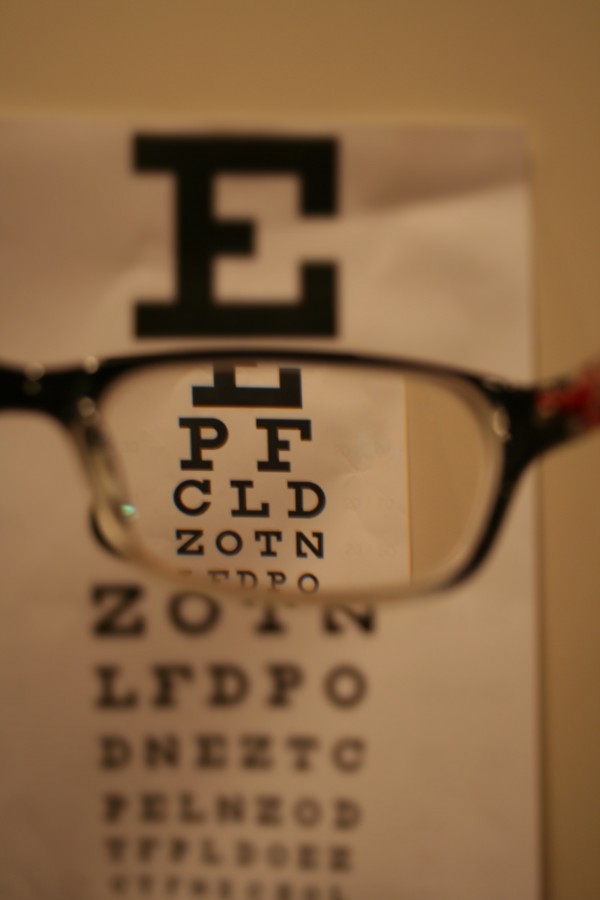Half of the population will need glasses by 2050
Look around the room. Although you may not be able to tell because they wear contacts, many students need corrective lenses, due to being near or far sighted. By 2050, half the population, around 5 billion people will develop myopia, or nearsightedness, resulting in the need for glasses, according to zmescience.com.
The reason for the sudden decline in eyesight abilities is “too much time spent looking at computer and smartphone screens and not enough time spent outside,” according to the research published in the Ophthalmology journal.
The way people use their eyes today is the main cause of this widespread condition, according to zmescince.com. Instead of spending time outdoors, kids and students are focused on staring at objects up-close like computers, iPads, and phones.
“I think it’s bad that when I look up at the board after I’ve been looking at my iPad I can’t see. I actually understand things better on paper and i think it should bean option,to use an iPad or paper,” Emily Burns, freshmen, said who has been wearing glasses since 3rd grade.
Constantly looking at a short distance leaves the crystalline lens, the structure which fine tunes the focusing for the eye, being unable to effectively focus on objects which are farther away, according to zmescience.com.
The American Academy of Pediatrics (APP) recommends that screen time should be limited to less than one or two hours a day for students.
Between 2011 and 2013, time spent consuming media on iPads and smartphones increases ten minutes a day, and according to thenextweb.com, since then the numbers have only increased.

Along with being Editor-in-Chief of the Bear Facts magazine, Chloe is involved with Yearbook, Student Leadership, Student Council, SNAP, and Interact....

